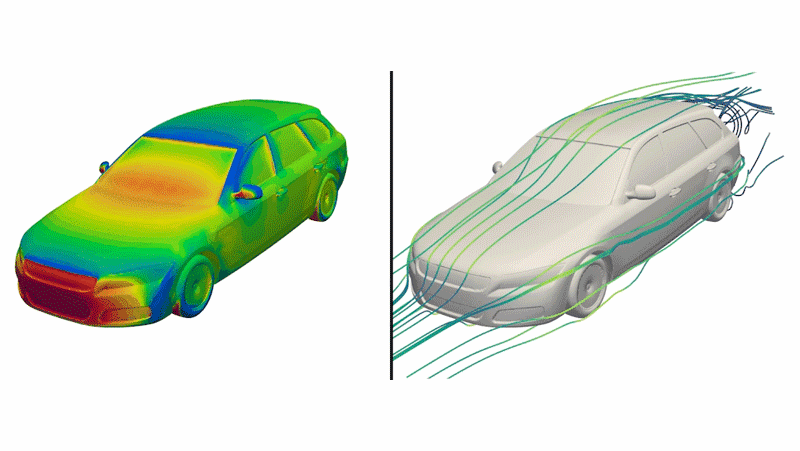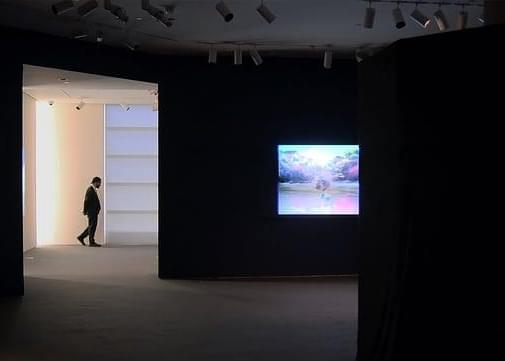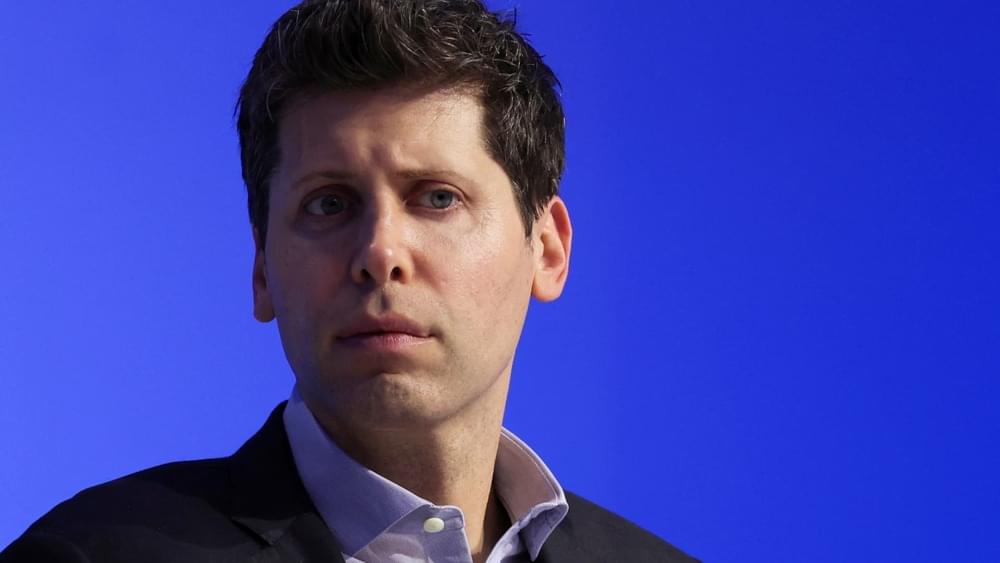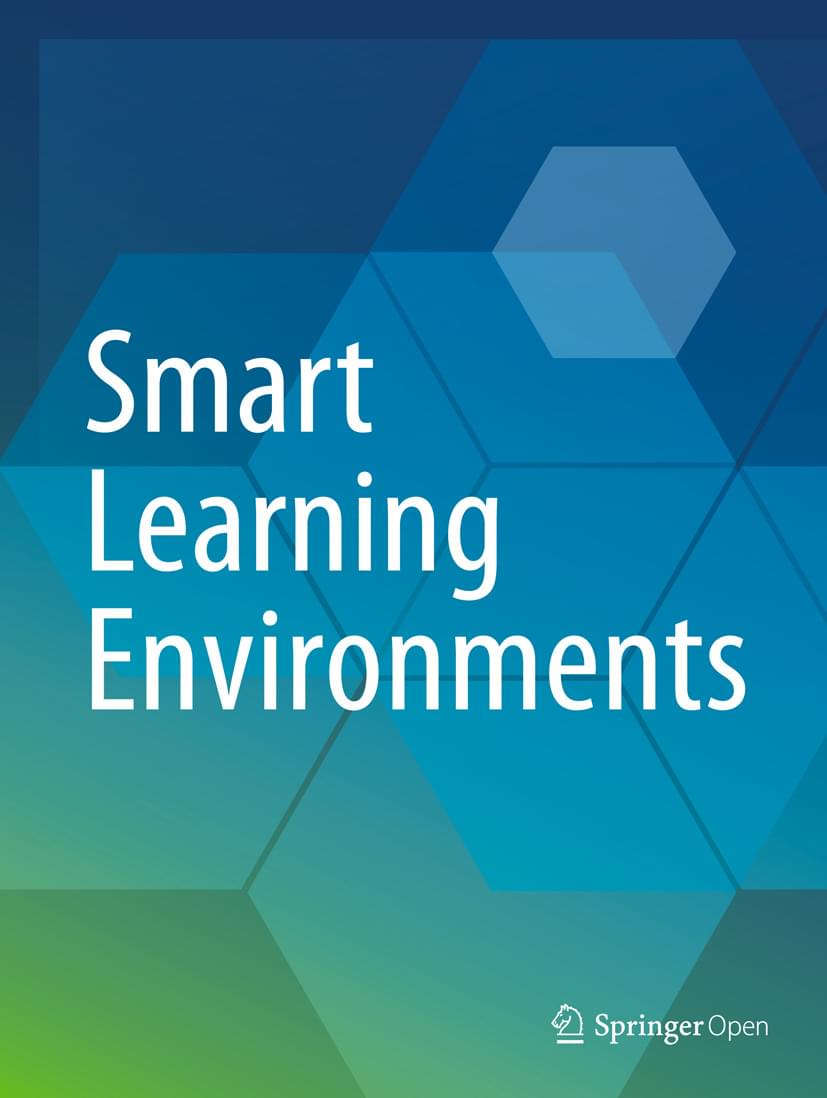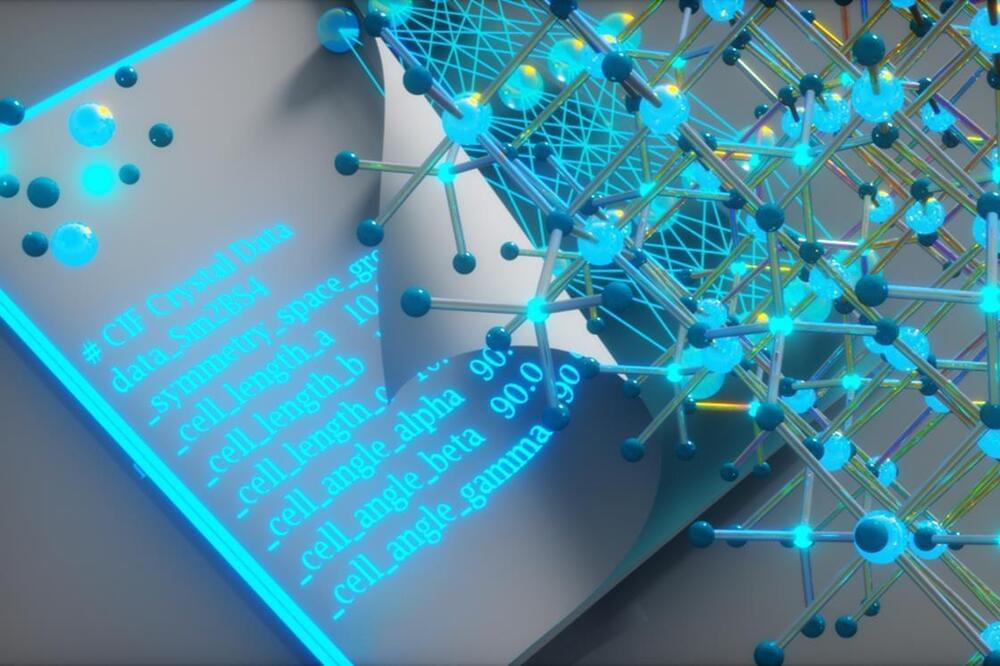Large language models (LLMs), such as Open AI’s renowned conversational platform ChatGPT, have recently become increasingly widespread, with many internet users relying on them to find information quickly and produce texts for various purposes. Yet most of these models perform significantly better on computers, due to the high computational demands associated with their size and data processing capabilities.
To tackle this challenge, computer scientists have also been developing small language models (SLMs), which have a similar architecture but are smaller. These models could be easier to deploy directly on smartphones, allowing users to consult ChatGPT-like platforms more easily daily.
Researchers at Beijing University of Posts and Telecommunications (BUPT) recently introduced PhoneLM, a new SLM architecture for smartphones that could be both efficient and highly performing. Their proposed architecture, presented in a paper published on the arXiv preprint server, was designed to attain near-optimal runtime efficiency before it undergoes pre-training on text data.

